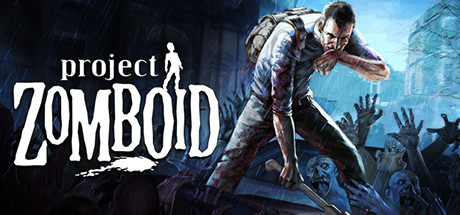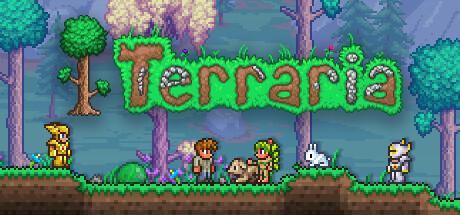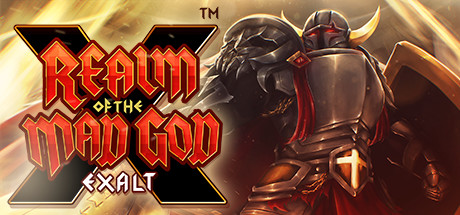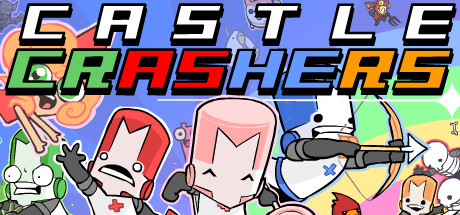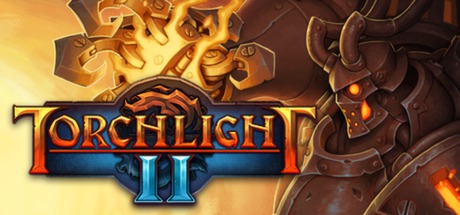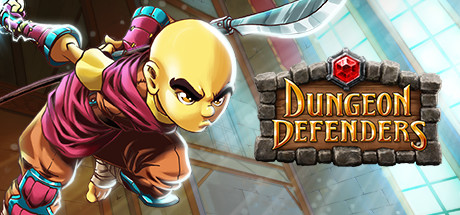Tales of Maj'Eyal Reviews
Tales of Maj’Eyal is a roguelike RPG, featuring tactical turn-based combat and advanced character building. Play as one of many unique races and classes in the lore-filled world of Eyal, exploring random dungeons, facing challenging battles, and developing characters with your own tailored mix of abilities and powers.
| App ID | 259680 |
| App Type | GAME |
| Developers | Netcore Games |
| Publishers | Netcore Games |
| Categories | Single-player, Steam Achievements, Steam Cloud, In-App Purchases, Steam Trading Cards, Steam Workshop |
| Genres | Indie, RPG, Adventure |
| Release Date | 12 Dec, 2013 |
| Platforms | Windows, Mac, Linux |
| Supported Languages | English, Simplified Chinese, Traditional Chinese, Japanese, Korean |
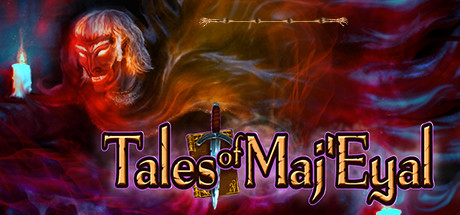
6 712 Total Reviews
6 381 Positive Reviews
331 Negative Reviews
Very Positive Score
Tales of Maj'Eyal has garnered a total of 6 712 reviews, with 6 381 positive reviews and 331 negative reviews, resulting in a ‘Very Positive’ overall score.
Reviews Chart
Chart above illustrates the trend of feedback for Tales of Maj'Eyal over time, showcasing the dynamic changes in player opinions as new updates and features have been introduced. This visual representation helps to understand the game's reception and how it has evolved.
Recent Steam Reviews
This section displays the 10 most recent Steam reviews for the game, showcasing a mix of player experiences and sentiments. Each review summary includes the total playtime along with the number of thumbs-up and thumbs-down reactions, clearly indicating the community's feedback
Playtime:
16893 minutes
if you like true roguelikes this game is bangin. skill issue if cannot play
👍 : 2 |
😃 : 0
Positive
Playtime:
24604 minutes
One of the best modern roguelikes with lots of distinctively different classes, races, and builds to chose from, lots of unlocks., basically lots of everything.
👍 : 1 |
😃 : 0
Positive
Playtime:
466 minutes
Boring AND frustrating. Why do so many people like this game? Too many stats to pay attention to, too many game concepts that are never explained. And in the end it is just a "move towards them until they die" combat style. I don't get it.
👍 : 2 |
😃 : 1
Negative
Playtime:
1346 minutes
+ The art is lovely and the lore bits are delightful to have.
+ Some innovative spins on the rogue formula.
+ The tileset is lovely.
+ Classes seem to be nicely thought out and theres an abundance of active skills, more so than other games of the genre. It seems to be to the point where it meshes with the RPG genre. May be a + or a - depending on your appetance for number crunching.
+ Different campaigns and play modes beyond the normal campaign.
***
- Having to unlock classes is a net negative to the experience and the initial roster is very restrictive both in terms of races and classes. Unlocks can be fun in games but that's definitely not how you do it.
- The overworld map while a bit of a novel concept as opposed to a dungeon crawler is nice, but it negatively impacts how able you are to figure out which order you have to tackle places in. It's rather overwhelming and it makes it seem as though there are a lot of different environment to be had but dungeons being very short mitigate that a bunch. There still is a lot of variety but it feels overwhelming for not much benefit. The low degree of linearity is confusing and often misleading.
- Requires a bunch of meta knowledge as to what dungeons require which type of resistance with little way of knowing ahead of times, and the lore doesn't much help there either.
- The spell effects/general art direction often get in the way of readability.
- The control scheme is somewhat friendlier to people who've never played a classical roguelike, but for the latter, it's simply less efficient. Search functionalities seem to not exist. Inventory management is tedious.
- The pricetag. It's still a sizeable purchase when you include DLCs, for a game of the genre.
- Difficulty wise, not the most difficult roguelike out there, but it's the worst kind of difficulty: poorly telegraphed and ultra bursty damage spikes.
TL:DR: Lovely little title there, but ultimately kind of hard to recommend where nethack forks and DCSS exist and are free. Genuinely think DCSS is the better roguelike. Worth giving a go if you're looking to experience more roguelikes, otherwise probably just pass.
👍 : 2 |
😃 : 2
Negative
Playtime:
4714 minutes
Still have to get past lvl 15! Best game ever made!
I have no idea how I was sleeping on this game while it was sitting in my library for 4 years.
👍 : 2 |
😃 : 0
Positive
Playtime:
3150 minutes
Fantastic in-depth game with mechanics out the wazoo that stands toe to toe with Caves of Qud.
👍 : 0 |
😃 : 0
Positive
Playtime:
48401 minutes
This game shows why graphics is not important when design a game.
👍 : 3 |
😃 : 0
Positive
Playtime:
3317 minutes
if youre a fan of roguelike dungeon looters, this is a no-skip. dlc add stuff that is thematically and mechanically enjoyable also. great game.
👍 : 2 |
😃 : 0
Positive
Playtime:
75899 minutes
I'd give it like a solid 7 or 8 out of 10.
ToME4 is a fun spin on the traditional roguelike formula. It adds more modern rpg elements like skill trees and character options. Quite fun. The story is cool and I love the lore. Orc campaign is a bit goofy, but it's not a bad thing - some comedy is appreciated.
My nitpick lies solely in one of the difficulties.
Easier/Normal/Nightmare are fine. Explorer/Adventurer/Roguelike are fine too. But after like, 3000 hours between the steam version and the non-steam version playing on Insane, I have to nitpick. Some classes can't complete Insane, others require such a huge amount of RNG aligning in their favor that it may as well be playing slots except the slots take 6-10 hours to stop spinning. Others seem like they are built to play on Insane. Other classes have been nerfed because they performed too well in Madness, the higher difficulty that doesn't matter because it's never been intended to be finished without mods or cheating.
The biggest problem I have with Insane is the one-shot checks. You will at some point during an Insane playthrough turn a corner, walk into an empty room, or Rest and hear the death sound as you take damage in excess of your max HP from a source you couldn't react to (or see, in the case of stealth/invisibility). Unless, of course, your class or race has access to one-shot protection. But a lot of classes and races don't. The problem is of course that you can't predict or prepare for this if you don't have aforementioned one-shot protection, you can only pad your HP with as many powerful shields, defenses and resistances as possible, but sometimes that's just not enough. An enemy will cast Soul Rot in melee range and give 0 time to prepare for the 1,500 blight damage that's coming your way. A stealthed archer will crit you from just far enough away that the arrow never actually appears. The nitpick I have is that after 3,000 hours, after countless experiments and research, I've come to realize I'm just not having fun anymore.
Would I recommend this game? Probably, yeah. It's a good game. My one nitpick keeps me from really enjoying it anymore, though. So, go wild. Have fun. Die a lot. Maybe stop the world from exploding, if you can get there. I hope it doesn't get old for you like it did for me.
👍 : 2 |
😃 : 0
Positive
Playtime:
16974 minutes
Amazing roguelike, absolutely worthy of your attention.
Class design is great, itemisation is high variance enough to not be that samey without leaving you with no useful drops, the game can be as challenging as you make it & even the hardest difficulties are doable with a healthy amount of luck & skill.
👍 : 5 |
😃 : 0
Positive


